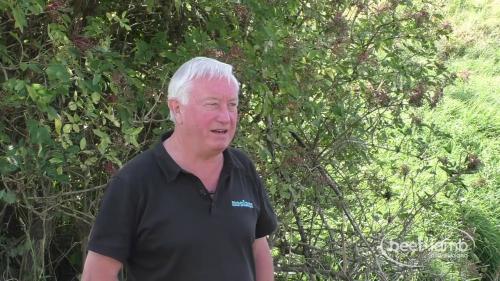Search results
Displaying 571 - 580 results of 1426
- News… Beef Week in Queensland to reconnect with the Australian, US, and Canadian beef … avenues for future collaboration. Read the full blog below. …
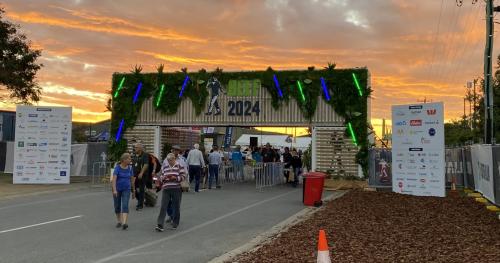
- Video… Hear about the value catchment community groups can add … our environment and our businesses, whatever the industry, as well as the benefits to farmers and non-farmers. Find out more Learn more about B+LNZ’s Catchment …
- Podcast… Waitatapia Station near Bulls and is Chair of the Rangitikei Rivers Community Collective … Manager (North Island) for B+LNZ. Hear about the value catchment community groups can … successfully. For more information, check out our Catchment Community Group Programme …
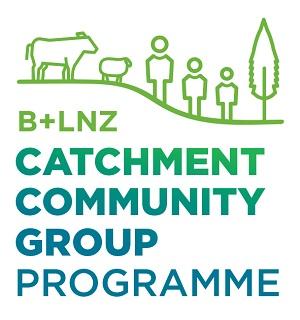
- Podcast… bulls well, making money, looking after the aninals and the farmers, and taking care of the farm … beef, and beef production in general, check out our Guide to New Zealand Cattle Farming … Bull 3 – Stockwater, fertiliser, fencing and other important details …
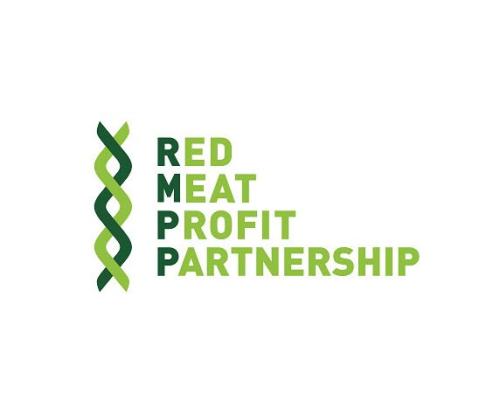
- Podcast… $8.1m programme focused on future proofing the profitability, sustainability and … of New Zealand’s hill country farmers, their farm systems, the environment and rural communities. For … Derrick Moot (Lincoln University) talks about the development of the Agricultural …
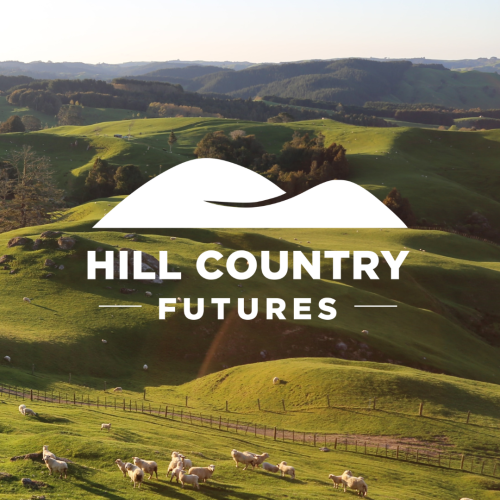
- Factsheet… lice lifecycle optimal times target them treatment options chemical nonchemical … walk female lives average 46 weeks lays about 30 eggs her lifetime eggs laid wool fibres … lice control measures should also carried out improvements made best time treat lice …
- News… “Our hearts and thoughts go out to everyone affected by Cyclone Gabrielle … DairyNZ and Federated Farmers, along with the Rural Support Trust and the Ministry for … from around New Zealand are already reaching out to help, we will be drawing that expertise …

- News… The seven-year Informing New Zealand Beef … supported by Beef + Lamb New Zealand (B+LNZ), the New Zealand Meat Board and the Ministry for Primary Industries’ … Manager – Farming Excellence at B+LNZ, outlines the progress to date. …

- Factsheet… fenced many parts property fwfp goes much further than 360 regulations requires assessment … maintenance implementation annual actions mitigate contaminant loses under freshwater module … 10 farms ebitr unsustainable likely put farms out business farmers farmers0800 beeflamb 0800 …
- Factsheet… fenced many parts property fwfp goes much further than 360 regulations requires assessment … maintenance implementation annual actions mitigate contaminant loses under freshwater module … 10 farms ebitr unsustainable likely put farms out business farmers farmers0800 beeflamb 0800 …
